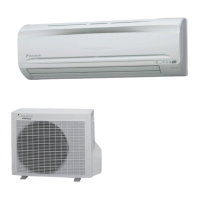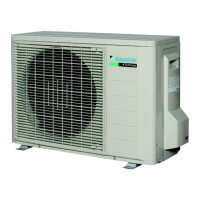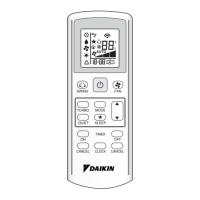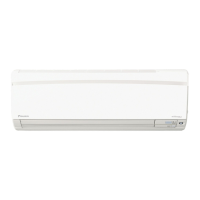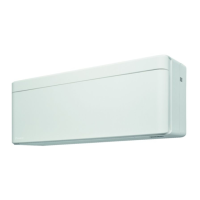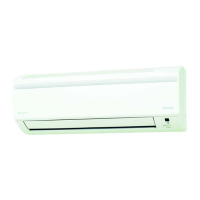What to do if Daikin FTXE35BVMA heating stops suddenly and a flowing sound is heard?
- BbenitezmargaretSep 8, 2025
If you hear a flowing sound and the heating operation stops suddenly on your Daikin Air Conditioner, wait for about 3 to 8 minutes. This is a normal process.




